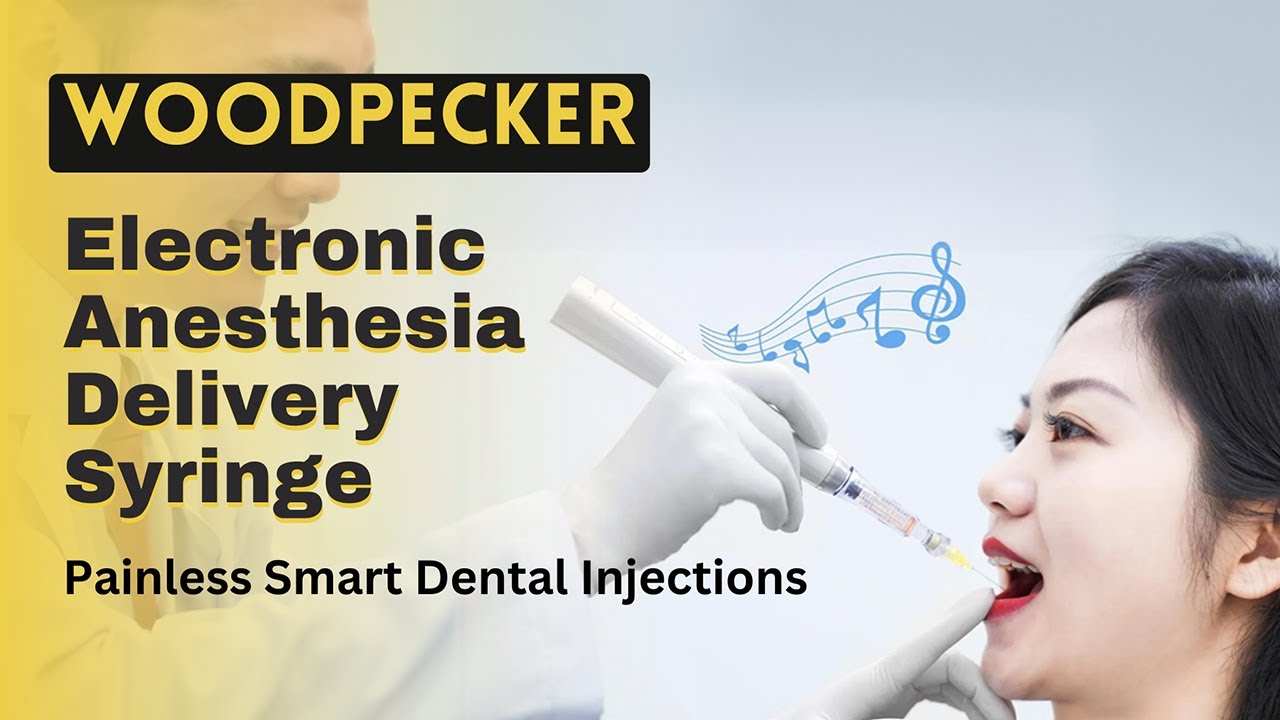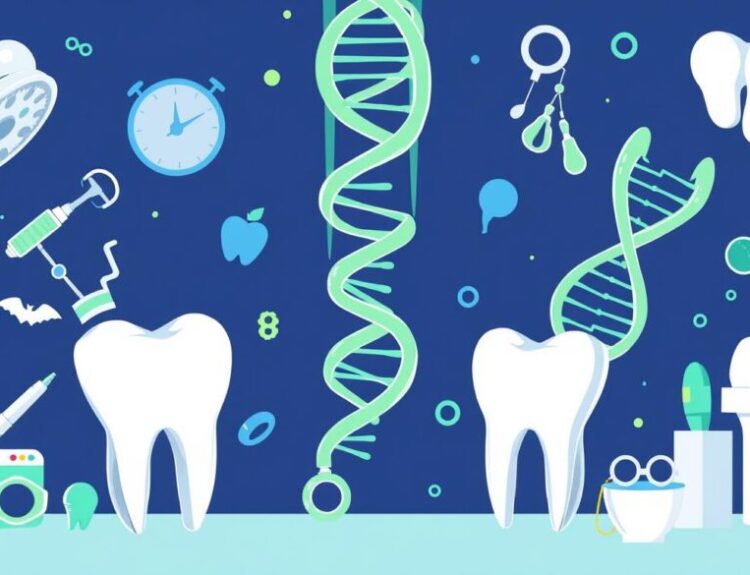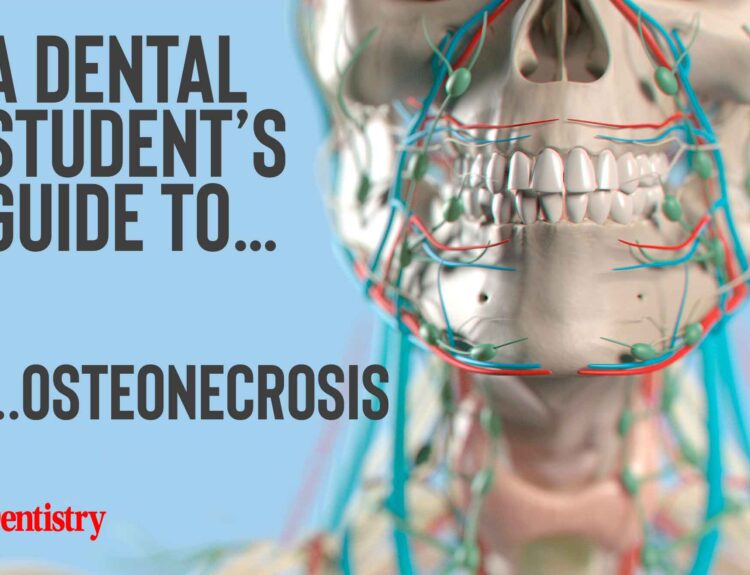Digital Dental Anesthesia, in recent years, has undergone a quiet but remarkable transformation. Traditional local anesthetic techniques, though effective, commonly resulted in prolonged numbness and discomfort during injection. Now, advancement in dental technology is changing the way dentists administer anesthesia. New digital delivery systems are making it more precise, comfortable, and efficient than ever before. It is one of the best technologies for people with needle or doctor phobia.
Modern Computer-Controlled Local Anesthetic delivery (CCLAD) systems are at the heart of this shift. These devices regulate the flow rate and pressure of the anesthetic solution, ensuring its slow and even deposition. This greatly reduces the discomfort that many patients feel during a traditional injection, especially in sensitive areas like the palate or lower front teeth. The precision of these systems allows dentists to numb only the targeted region, minimizing the spread of the anesthetic to surrounding tissues.
One of the most notable advantages is the ability to achieve highly localized pain control. Instead of numbing an entire half of the face for a single lower back tooth procedure, dentists can now anaesthetize just the tooth or small group of teeth being treated. This targeted approach is made possible by ergonomic handpieces, ultra-fine needles, and real-time feedback from the device to the operator. This results in improved patient comfort during and after the procedure.
An equally important benefit is rapid recovery from numbness. Because it requires less anesthetic solution and dentists place it only where required, the body metabolizes it more quickly. Patients no longer need to endure hours of awkward speech, difficulty eating, or an uneven smile after their dental visit. In some systems, the anesthetic effect can wear off in less than an hour. It allows patients to return to normal activities sooner.
These innovations are not merely for patient comfort. They also support better clinical outcomes. Precise anesthesia means that dentists can begin treatment more quickly, avoid excessive dosing, and reduce the risk of complications. The technology helps anxious patients feel more at ease, encouraging them to seek timely dental care rather than delay treatment due to fear of injections.
The digital revolution in dental anesthesia is improving both the patient and dentist experience. Making injections more precise, comfortable, and short-lived in effect, these systems are setting a new standard for pain control in dentistry.





